Starting in 1995 the US Post Office released a series of “Legends of Hollywood” stamps that were a thrill for collectors and fans. From James Dean, Marilyn Monroe, Bette Davis, John Wayne, Humphrey Bogart, Alfred Hitchcock to Shirley Temple there were 20 in all, and then nothing. When asked if there were to be any more movie star Forever stamps the terse answer was: “If/and when we have something to announce regarding stamps we will announce it.”
Well, then fuck you. I want to release my own “Legend Stamps,” filled with 20 actors and actresses that never get enough credit. There are so many I revere to do justice. But are so deserving of hero worship. So here is my list of 20 imagined “Star” stamps. Just imagine how much fun it will be to lick any of these before slapping them on a Con Edison bill.
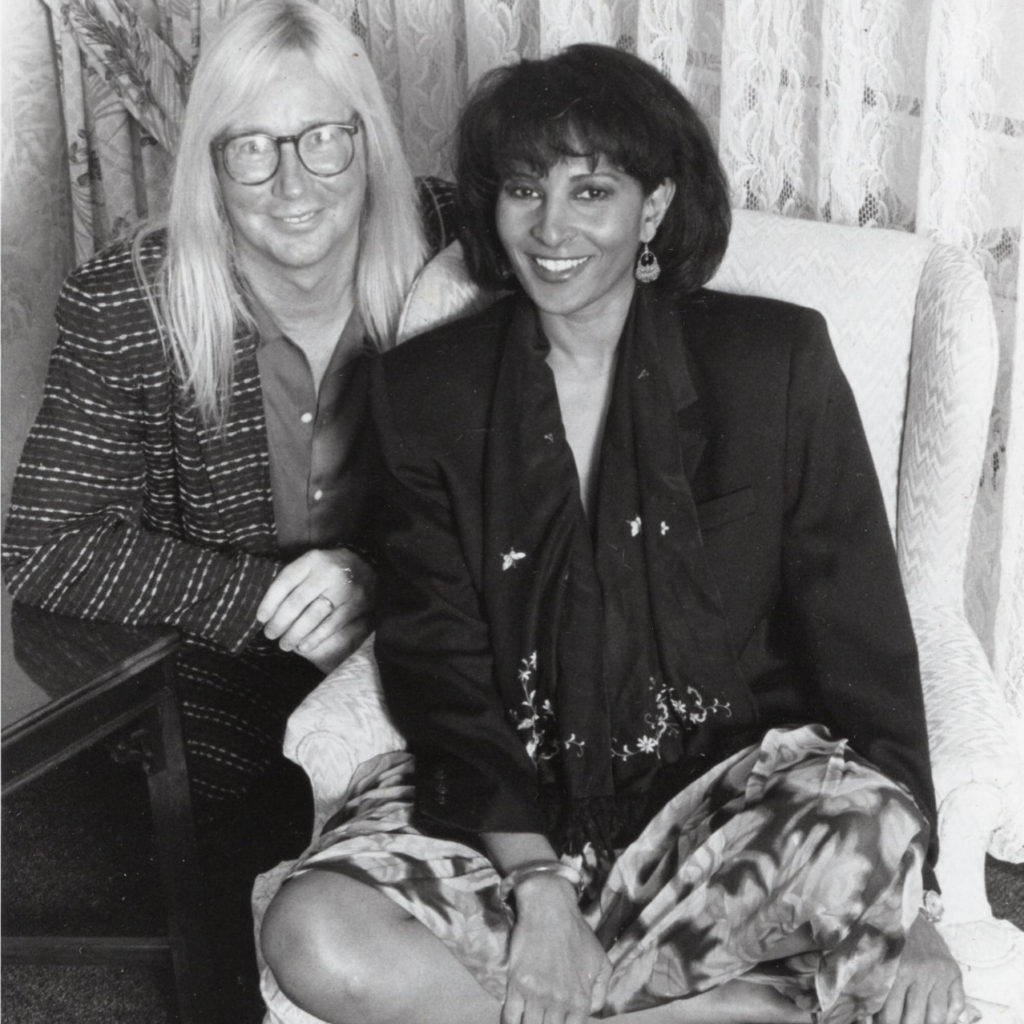
Pam Grier. I had the great pleasure of interviewing Pam Grier for Paper magazine when she was doing press for Class of 1999. She was beautiful, funny and just fascinating as we talked about how she was raised an Army brat, came to Hollywood in the 70s and worked with director Jack Hill in the Philippines on several “women in chains” epics like The Big Bird Cage and The Big Doll House before starring in such “Blaxploitation” classics as Coffy and Foxy Brown, where she single-handedly fought pushers, pimps and the mob, occasionally with a razor blade hidden in her afro. Thankfully director Quentin Tarantino recharged Grier’s career with Jackie Brown where she brilliantly plays a flight attendant caught up in a smuggling ring. It showed the incredible range she had as an actress and what she was capable of on screen with the right material. She may be the only one on my list still among the living but my fantasy of seeing her face on a postage stamp is too strong.
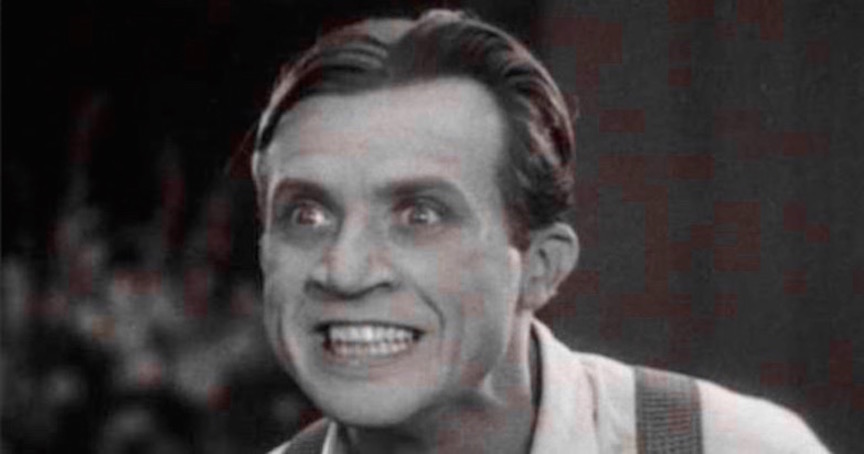
Dwight Frye. Inimitable character actor who cornered the market on crazed servants, angry villagers and demented hunchbacks in Universal horror movies of the 1930s and 40s. As the spider-and-fly-eating Renfield in Dracula, the doctor’s brain-dropping assistant in Frankenstein, the grave-robbing, murderous Karl in The Bride of Frankenstein, Frye was truly one of a kind. His other features included The Invisible Man, The Vampire Bat, Ghost of Frankenstein, Frankenstein Meets the Wolf Man and the campy B-chiller Dead Men Walk. For more about Frye check here.
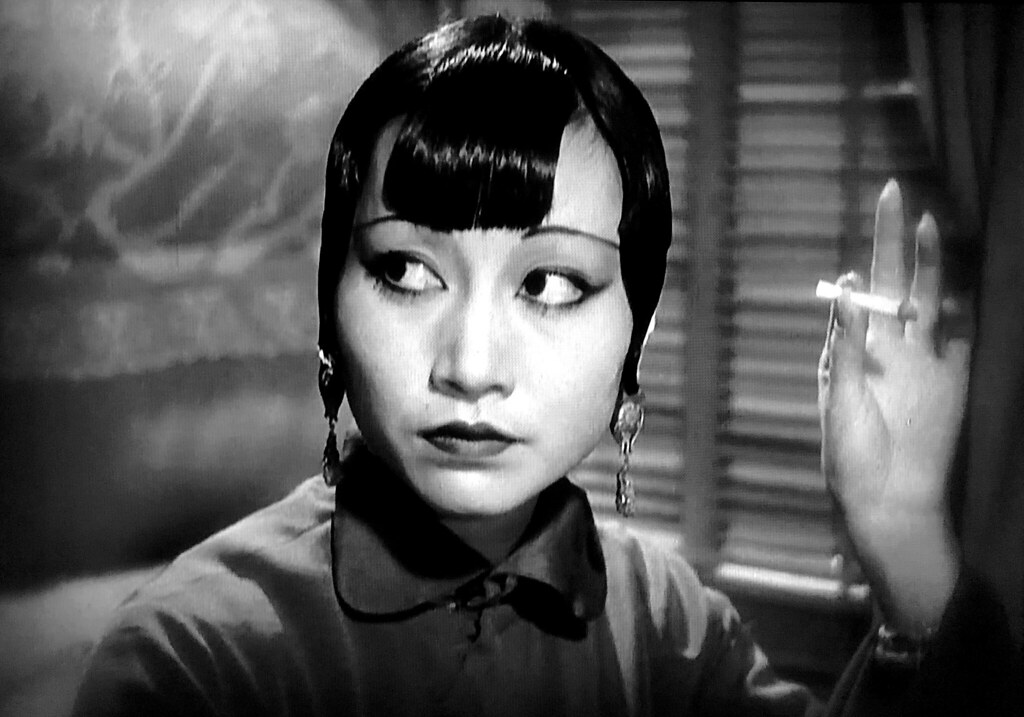
Anna May Wong. Considered the first Chinese-American actress to become an international film star, Wong began in silent films, appearing in one of the first color films- The Toll of the Sea. She was an influential fashion plate and “flapper,” but was frustrated with the kind of film work she was getting- usually playing Asian vixens and villains. She went to Europe where she was a sensation and starred in films in Germany and England. But when she returned to the States the biggest slap-in-the face was when she tried out for the lead role in MGM’s version of Pearl Buck’s The Good Earth only to have the role given to Luise Rainer who played it in “yellowface” and won an Oscar for her efforts. Watch Anna May Wong in the Josef von Sternberg film Shanghai Express to experience her sultry beauty, mystery and mesmerizing acting power to realize how much we were cheated. Wong was scheduled to play in the film version of Flower Drum Song but had to bow out because of ill health and died of a heart attack at age 56.
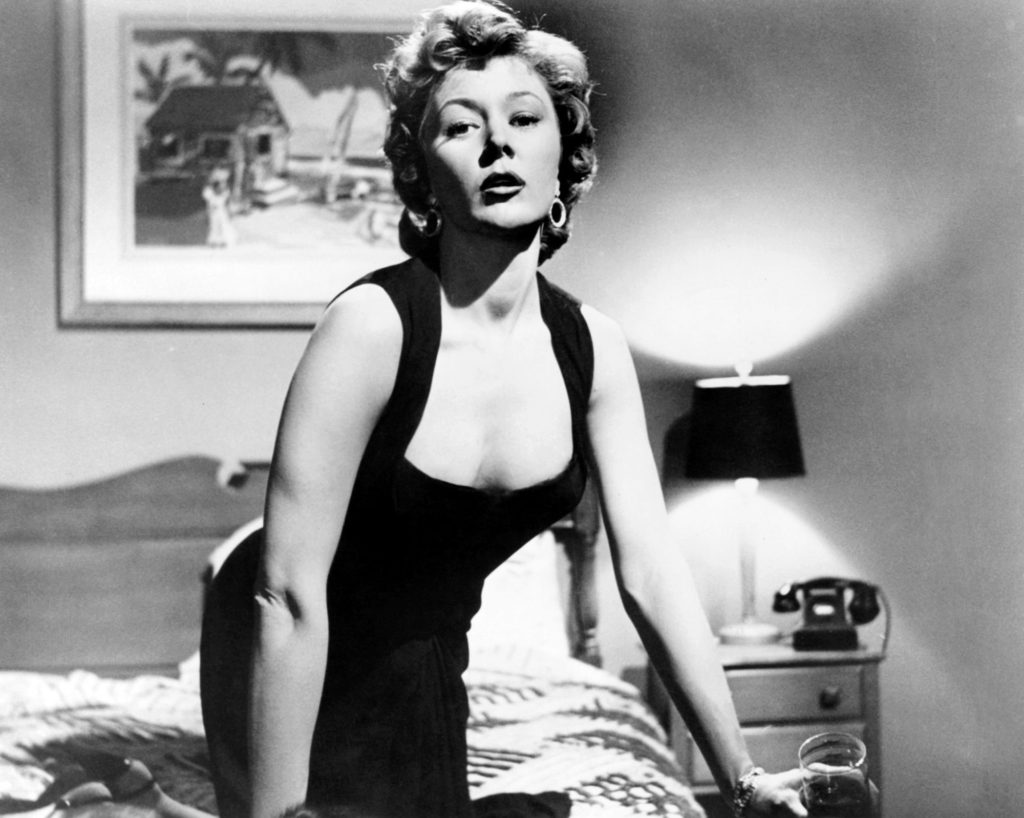
Gloria Grahame. The sultry, lisping film noir great was dubbed “the girl with the Novocain lip” by the press. She won an Oscar for her role as Dick Powell’s ditzy, doomed wife in The Bad and the Beautiful and also played the delightful Ado Annie in Oklahoma!, but she’ll be best remembered for such noir greats as In a Lonely Place, Human Desire, Sudden Fear and The Big Heat in which she was the dame who got scalding hot coffee thrown in her face by Lee Marvin, and returns the favor.
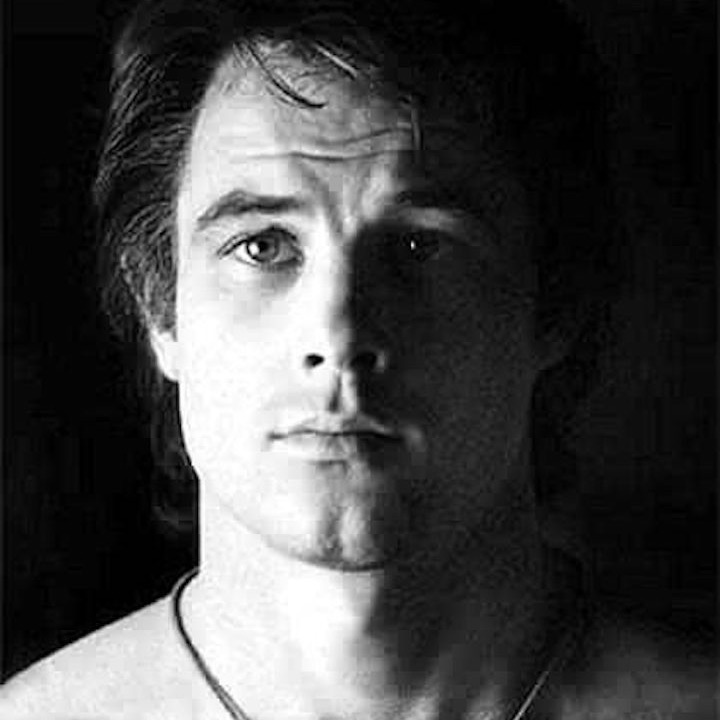
Brad Davis. The incredibly handsome, intensely talented Brad Davis became a sensation after Midnight Express, Alan Parker’s adaptation of the true story of Billy Hayes, an American drug smuggler who spent 10 years in a brutal Turkish prison. Davis survived a hellish childhood and struggled with substance abuse through his life but was absolutely riveting on screen. And his choices of roles were really interesting- like the indie movie A Small Circle of Friends or fearlessly playing a gay sailor/killer in Rainer Werner Fassbinder’s stylistic interpretation of Jean Genet’s Querelle. But I saw him on stage at the Public Theater in Larry Kramer’s powerful play about AIDs- The Normal Heart and it was one of the most unforgettable nights I’ve ever spent in a theater. The ridiculously gifted Davis, who died way too young, deserves to be remembered.
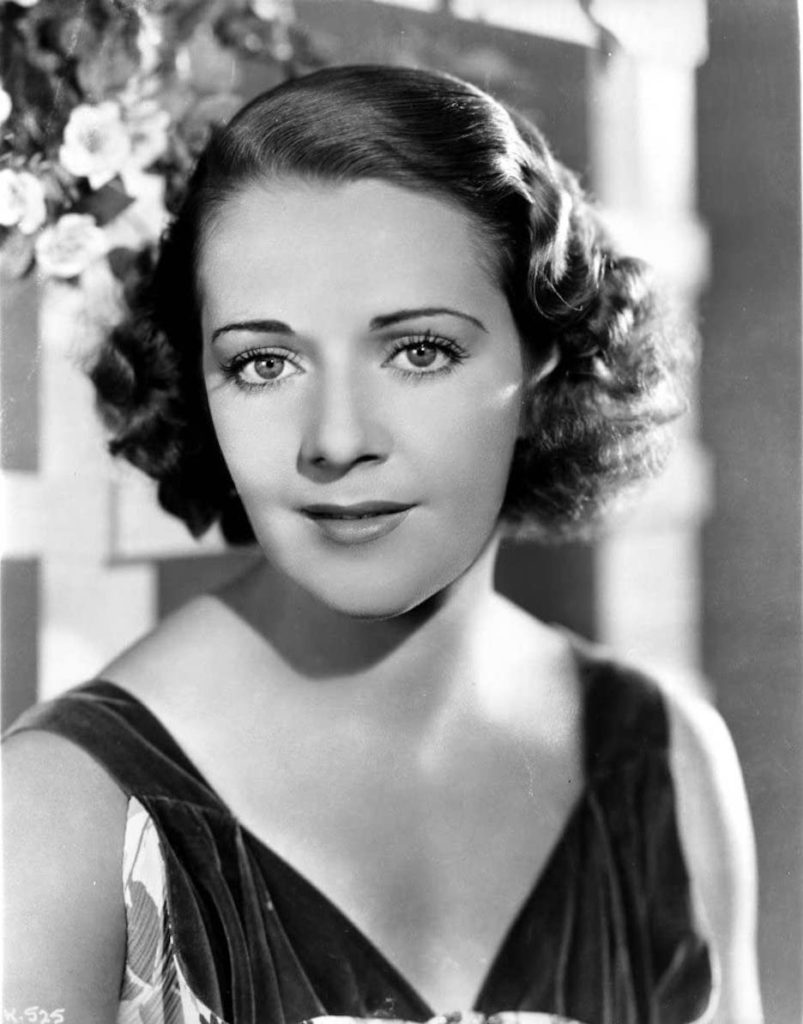
Ruby Keeler. This accomplished tap-dancer starred in many Busby Berkeley-choreographed musicals in the 1930’s like Footlight Parade, Gold Diggers of 1933, Dames and the quintessential backstage musical 42nd Street. Usually paired with boyish tenor Dick Powell, there is something endearing about her clunky dancing and flat, slightly nasal delivery. She triumphantly returned to Broadway in a successful revival of No, No, Nanette in 1970, and her life and turbulent marriage to Al Jolson was apparently the inspiration for A Star Is Born.
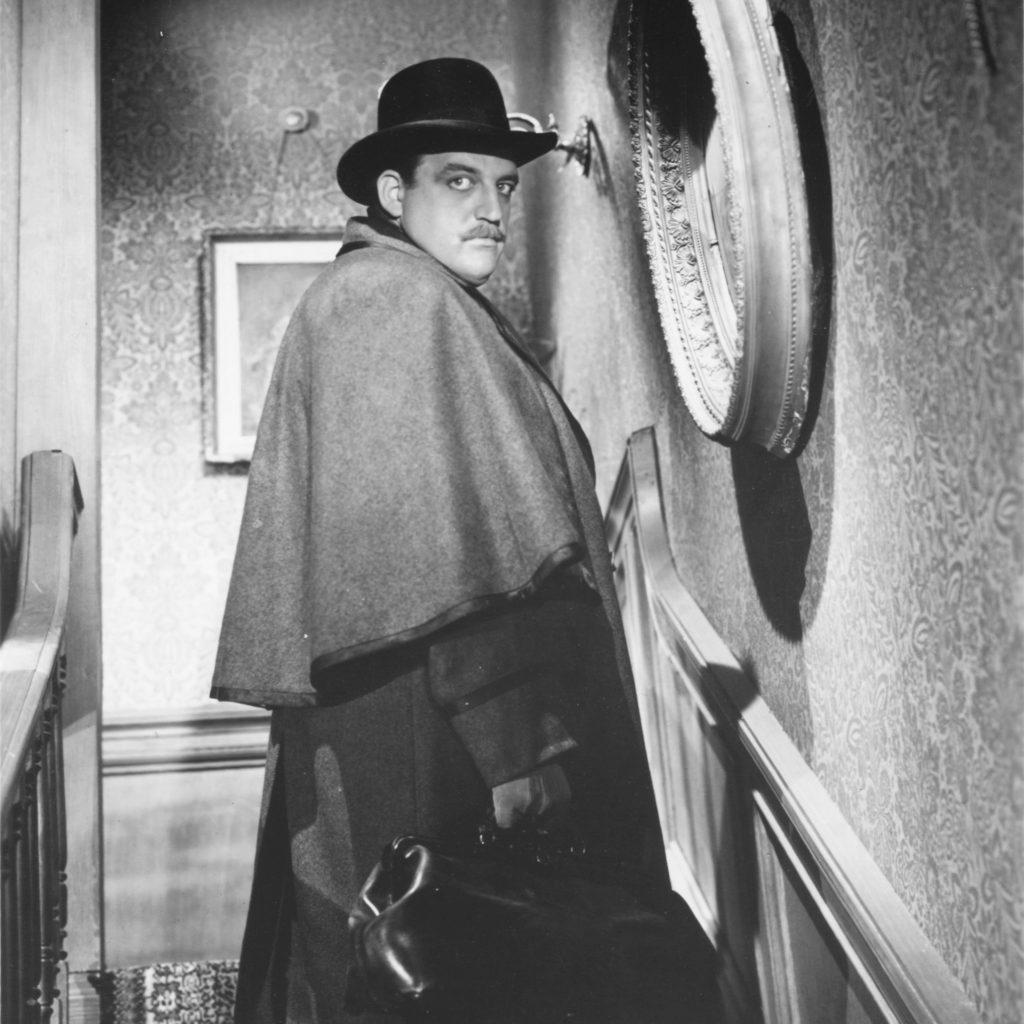
Laird Cregar. The mellifluous heavy in many 40’s films, Cregar was unforgettable as the obsessed stalker in I Wake Up Screaming, the dapper devil in Heaven Can Wait, Jack the Ripper in The Lodger and especially as the composer who becomes psychotic when he hears discordant sounds in Hangover Square. Apparently Cregar lost so much weight for the latter role that it was the cause for his untimely death at the age of 28. For more on Cregar check here.
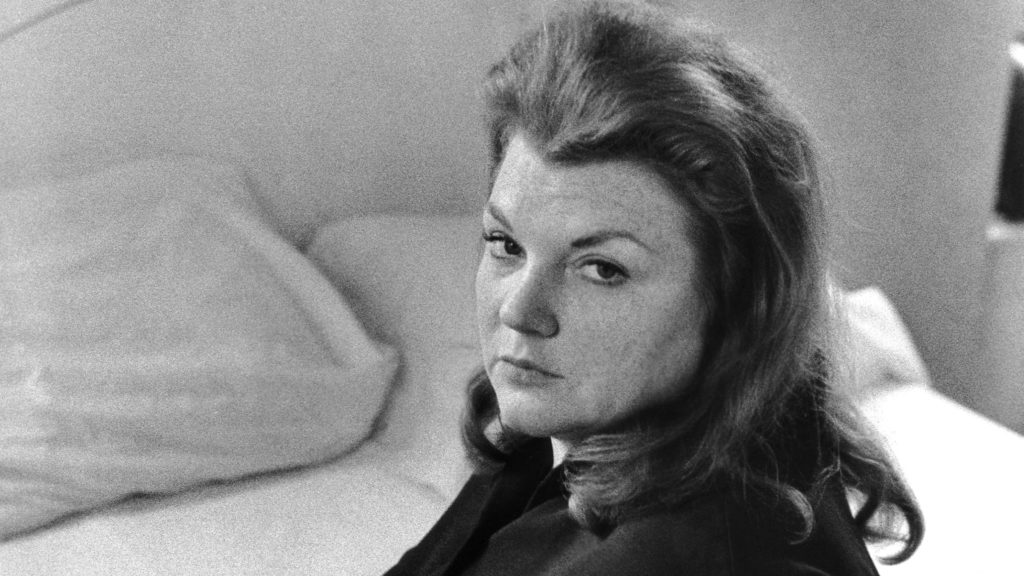
Shirley Stoler. An underrated actress whose talent was as large as she was. She played the murderous Martha Beck in the cult classic The Honeymoon Killers and the cigar-smoking Nazi guard in Lina Wertmuller’s Seven Beauties; she took a cleaver to Alec Baldwin in Miami Blues and was the nosy neighbor Mrs. Steve on Pee Wee’s Playhouse. Other memorable cameos came in Klute, The Deer Hunter, Desperately Seeking Susan, Frankenhooker and Malcom X.
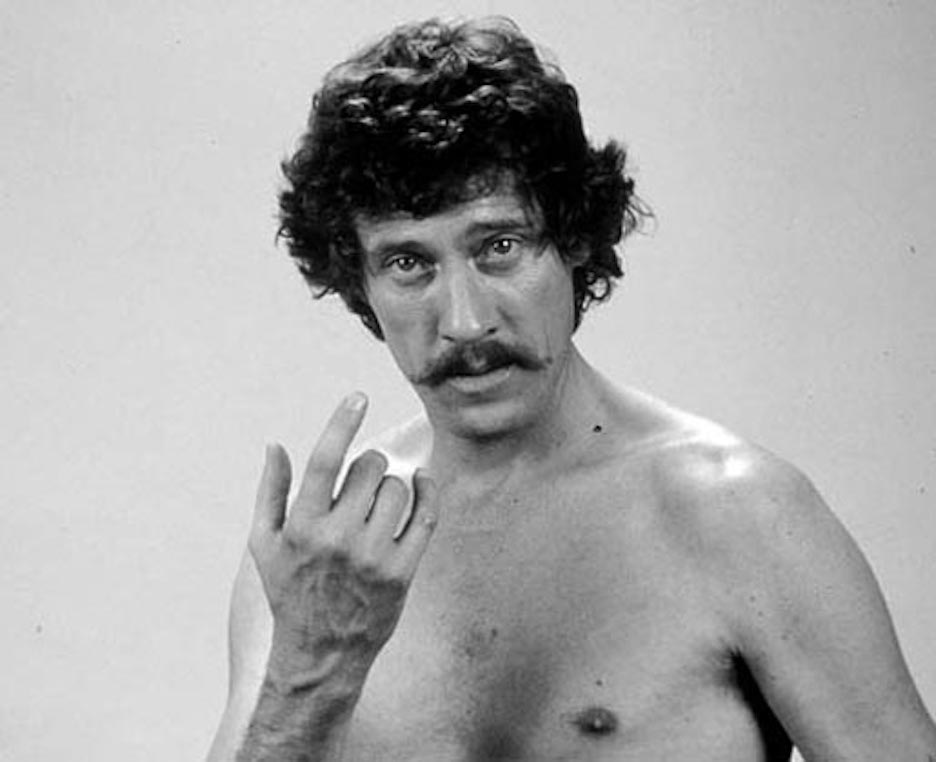
John Holmes. Perhaps the most famous porn actor of all time, thanks to his freakishly large penis (supposedly more than 12 inches when erect), this ungainly, horse-faced man claimed to have had sex with over 14,000 women and made over 2,000 loops, stag films and X-rated features during his 20-year reign. His portrayal of Johnny Wadd in a series of triple-X detective films served as the inspiration for Boogie Nights.
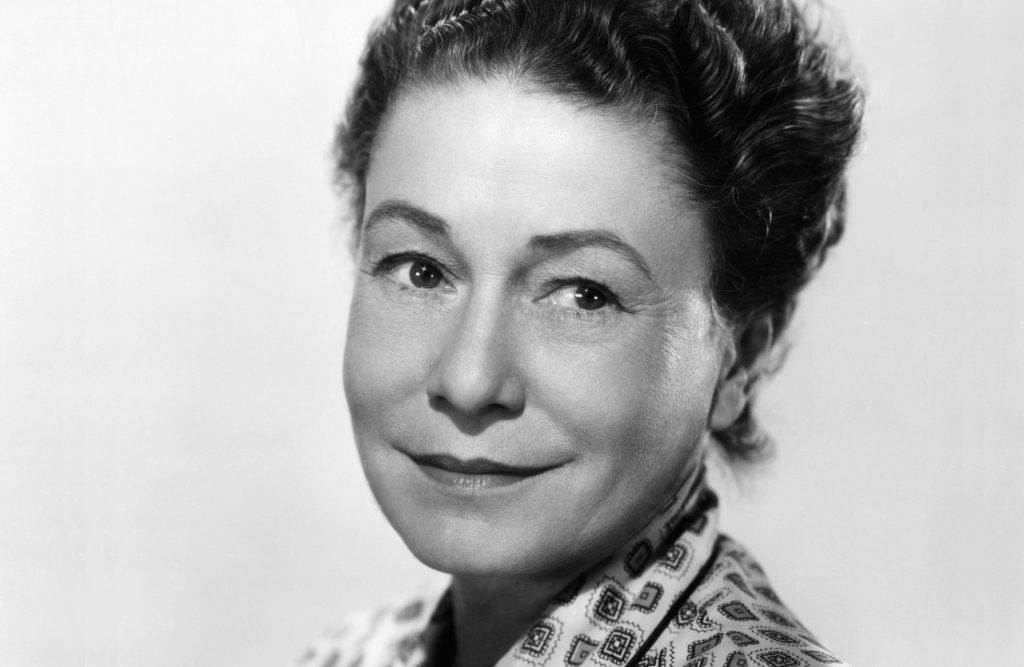
Thelma Ritter. This Brooklyn-born comedienne is best remembered as Bette Davis’ tart-tongued assistant in All About Eve, James Stewart’s suspicious nurse in Rear Window, Marilyn Monroe’s wise-cracking landlady in The Misfits and Linda Darnell’s beer-swilling mom in A Letter to Three Wives. One of the most beloved character actresses of all time, Ritter merely had to enter a room- usually in some frowzy coat and hat- to get an instant laugh. Nominated for six supporting Oscars, she astonishingly never received one.
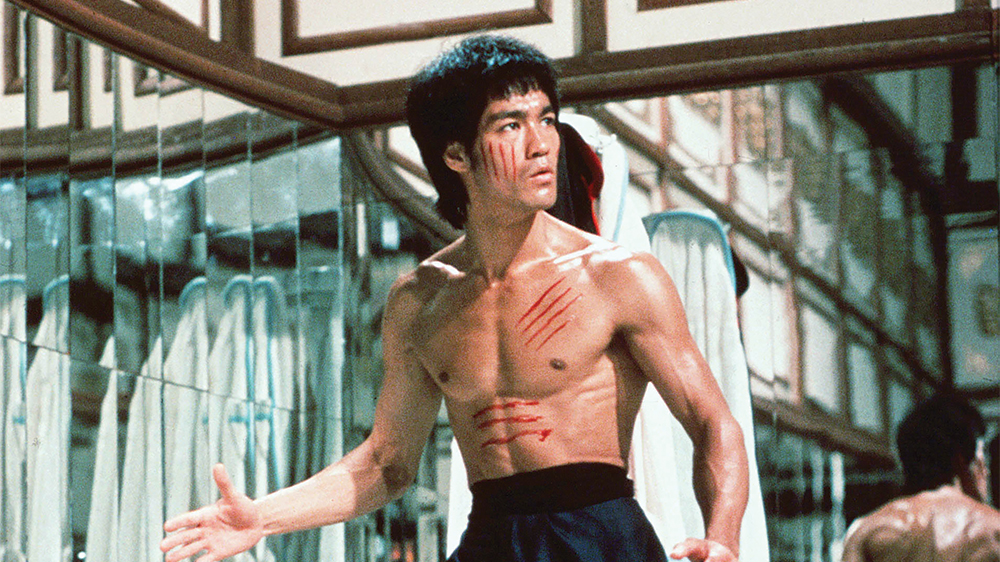
Bruce Lee. The martial arts master whose life and mysterious, untimely death (not to mention the accidental death of his talented son Brandon on the set of The Crow) are the stuff of legend, not to mention bad biopics, countless Hard Copy episodes and a snarky swipe in Quentin Tarantino’s fictional Once Upon a Time…In Hollywood. The wiry, muscular Chinese-American, whose balletic fight sequences always included kicks accompanied by his trademark yelp, leaped to stardom as Kato in TV’s The Green Hornet but had to travel to Hong Kong- where he starred in a series of box office smashes like Fists of Fury, Enter the Dragon and Return of the Dragon– before he became the international sensation who has thrilled and influenced a generation.

Rondo Hatton. Voted “Most Handsome Boy” in his Tampa, Florida High School, teen football star Rondo Hatton became a journalist until after World War I when he discovered, to his horror, that his face was disfiguring. At first it was blamed on a German mustard gas attack. But it turned out to be acromegaly disease, a hormonal disorder which affected his pituitary glands and transformed the good-looking Hatton into a freakish-looking recluse. But a small role as a bouncer in a film that was shot in Tampa turned into a weird fluke- suddenly he was sought out for film work because of his unusual looks. His big break was in the Basil Rathbone-starring Sherlock Holmes film The Pearl of Death, where he played a murderous, shadowy figure called the “The Creeper.” That brought him to Universal Studios where he played a series of scary characters (without makeup). Supposedly a sensitive, lovely man, it’s impossible to imagine the heroic bravery it took Hatton to let movie studios exploit his disability in that way and yet retain his dignity to the end.
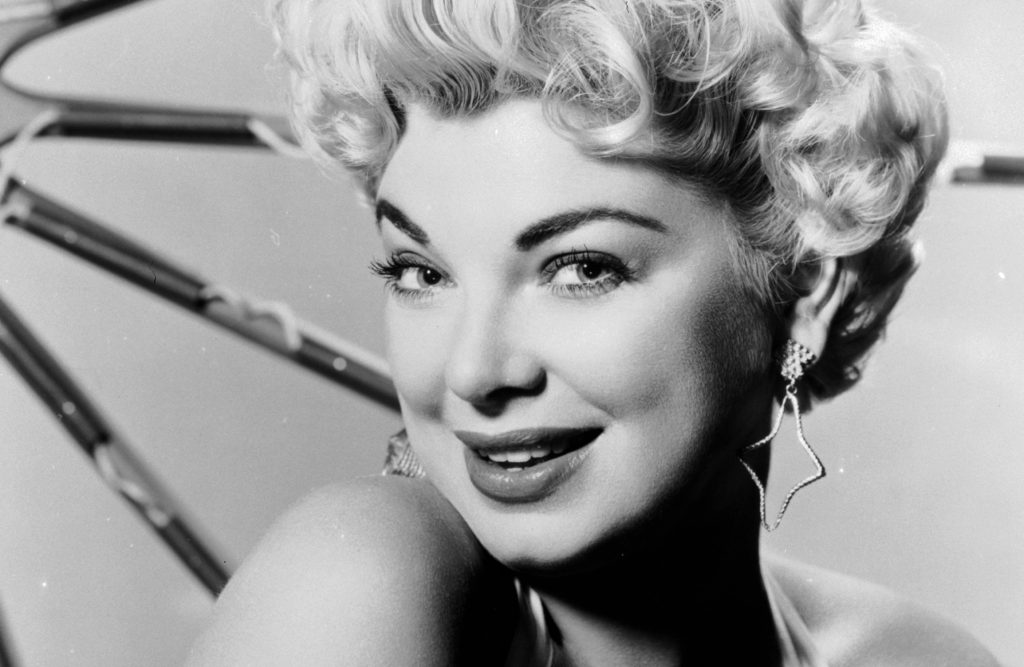
Barbara Nichols. The minute she shows up on screen- blonde, bosomy, with an hour-glass-figure and opens her mouth and lets out that raspy, little girl voice with that unmistakable, New York accent you immediately know it’s actress Barbara Nichols. She just had an unforgettable comic quality on screen. As a gum-chewing showgirl at the Barbary Coast club in Pal Joey she takes one withering look at Frank Sinatra’s Joey and says, “I heard about you, buster.” She cuts an indelible, sexy but tough quality as one of the workers at the “Sleeptite” pajama factory in Pajama Game. But she could be incredibly good in serious films too- In Sweet Smell of Success she plays a pretty but fragile nightclub cigarette girl that weasel publicist Sidney Falco (Tony Curtis) pimps off to a sleazy columnist at his apartment. Nichols plays June Loveland, a hard-boiled blonde cashier hit on by countless conventioneers at a Manhattan hotel in Dear Heart. In 10 North Frederick, she accidentally stops at the wrong floor at a hotel where she knocks on the door of a lawyer (Gary Cooper) who is downing his sorrows in booze. “They said there was a party in 315,” she cheerily squeals. In Where the Boys Are she swims around in a giant water tank in a Florida nightclub, rising up out of a giant clamshell, and even does a sexy musical number at a beach party. “Oh, I’ve seen the seamy side of life, my little one,” she confesses to Jim Hutton in the film, “it’s not been beer and roses by a long shot.” Sadly, complications from a car accident caused her to die at age 47. Barbara, you were the best!
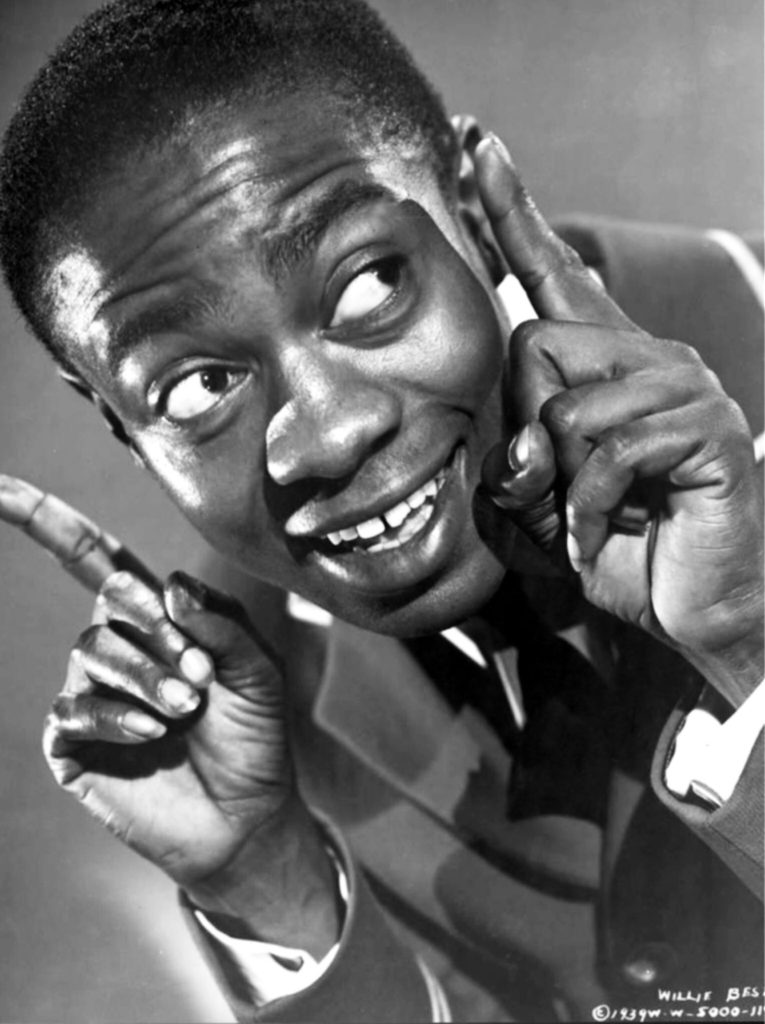
Willie Best. Best was a tragically unappreciated, brilliant comedian. That’s probably because he often played lazy, illiterate, easily scared man-servants in comedies of the 1940s. But when you watch him in the many films he made with Bob Hope, his comic timing is genius. Hope always said about Best that he was “the finest actor he knew.” In fact, Willie Best worked with some of the comedy greats from the Marx Brothers to Laurel & Hardy. Watching him now on film is often a cringe-inducing experience, but while he was part of a racist mind-set of Hollywood at the time he was still able to make a good living doing what he did best, and he was great at it. Best admitted that the roles he played, “Most of them were pretty broad. Sometimes I tell the director and he cuts out the real bad parts…but what’s an actor to do?” A drug arrest and backlash in the 60s over the kind of roles he played put an end to his career and he retired to the Motion Picture Home. Because the kind of roles he played make us uncomfortable is no reason to erase his memory or ignore his immense talent.
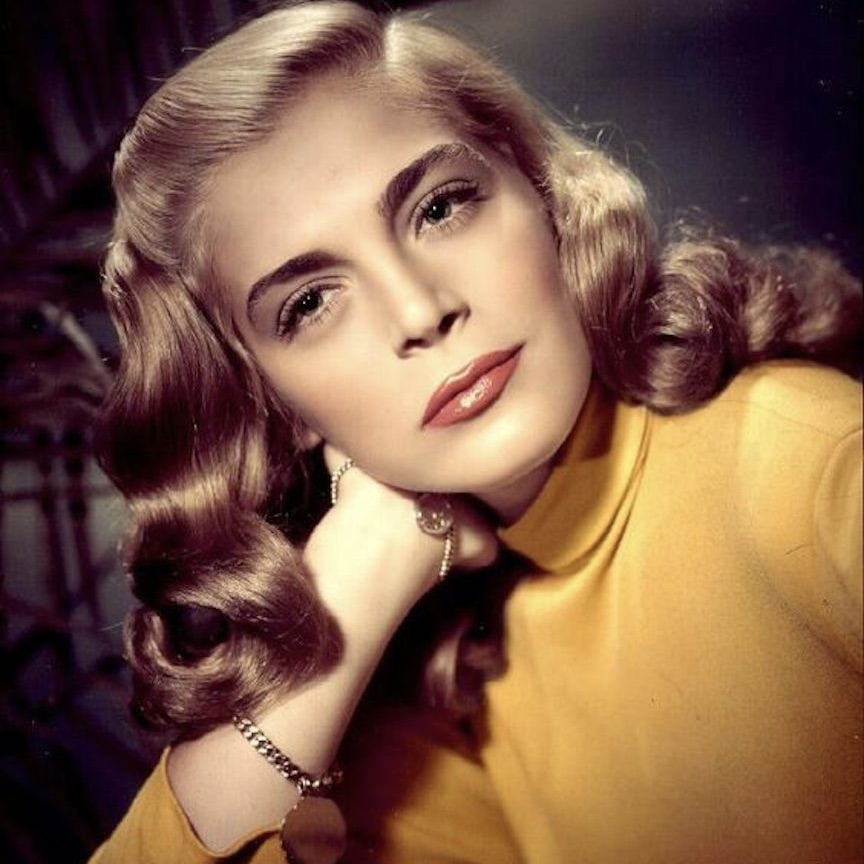
Lizabeth Scott. Smoky-voiced, blonde siren of film noir Lizabeth Scott was originally touted as another Lauren Bacall or Veronica Lake. But her qualities were even more unique and inscrutable. You never knew where you stood with Lizabeth Scott in a movie. Was she a misunderstood decent girl, or a conniving devious devil? Her performances were always whip-smart and memorable. From playing Charlton Heston’s singer girlfriend in Dark City or the devious dame to Humphrey Bogart in Dead Reckoning or Dick Powell’s deadly fling in Pitfall, she was a sultry mass of contradictions. Her greatest performance has to be Too Late for Tears where a satchel full of money literally lands in her lap and she becomes a ruthless killer to insure that it stays there. Confidential magazine hinted that she was a lipstick lesbian and it tragically hurt her career, but when she left films her revenge was that she lived a long, quiet, private life, working for charities, art galleries and museums and died at the ripe old age of 92.
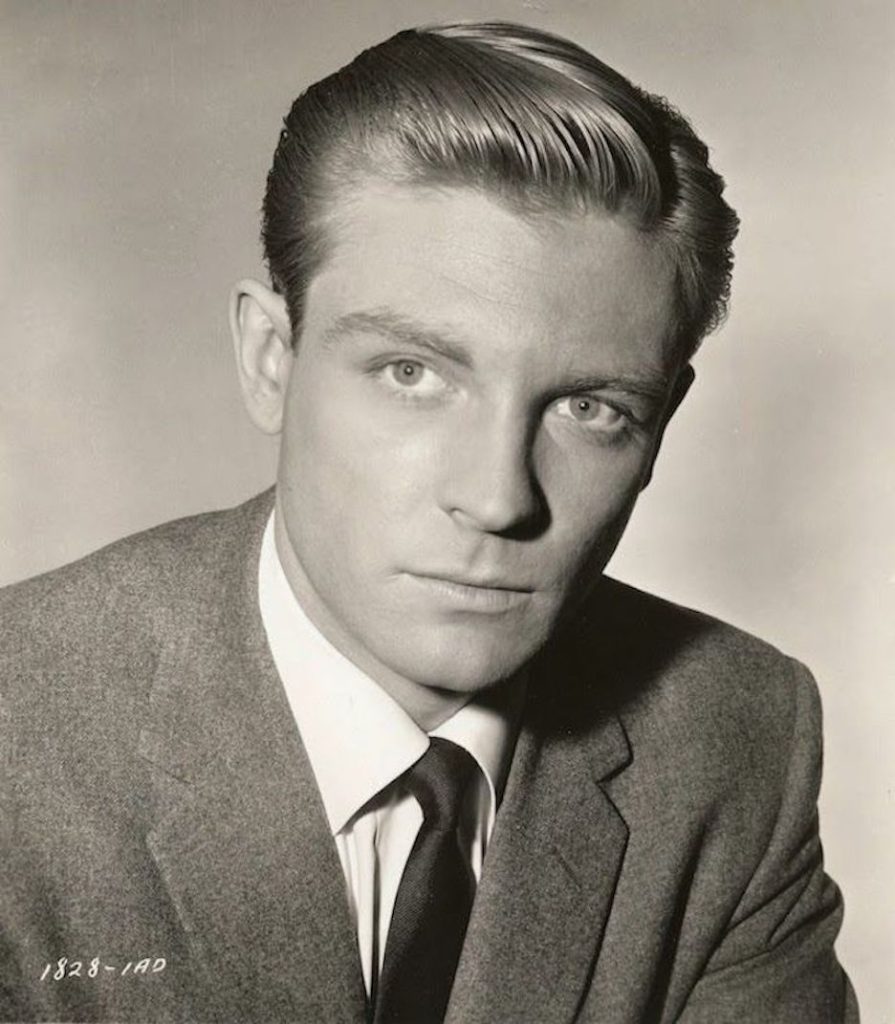
Grant Williams. Unheralded, talented actor and melancholic loner, best known for playing the doomed lead in The Incredible Shrinking Man as a man who is swallowed up by a radioactive cloud while on holiday with his wife and begins to diminish in size at an alarming rate. In the end he has to fight for his life with a marauding, deadly, giant spider in this moody, existential sci-fi classic. Blonde, boyishly handsome, his career at Universal gave him the opportunity to play psychotic villains in westerns and leading men in sci-fi films like The Monolith Monsters and The Leech Woman. His contract was picked up by Warner Brothers where he shone playing a deranged strangler in The Couch. Then he went to be on the popular TV series Hawaiian Eye, and ended teaching acting classes for many years. In a fascinating biography by Giancarlo Stampalia it stated “Williams was a man with secrets.” For more, check out here.
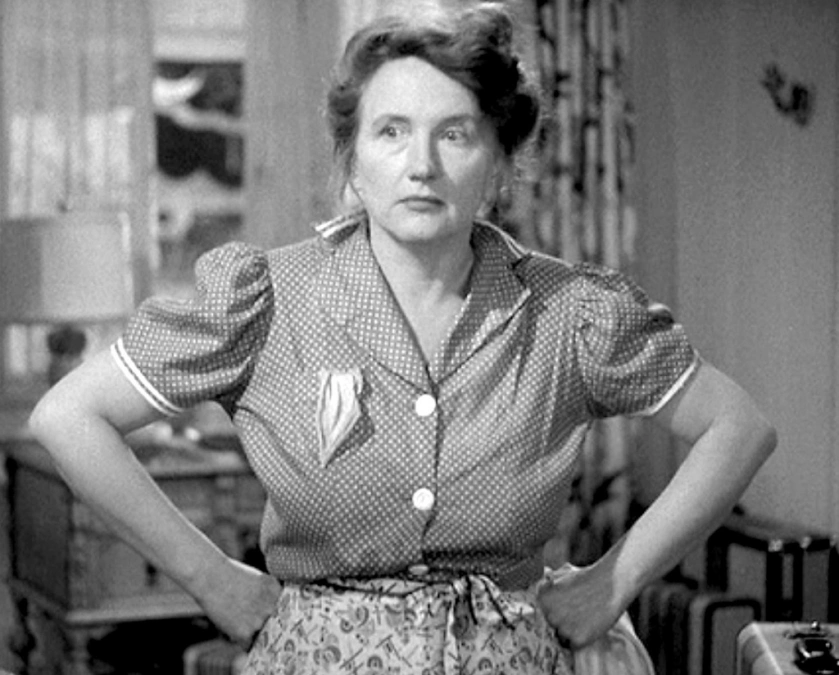
Marjorie Main. The gravel-voiced, stocky, matronly character actress and comedienne was best known for her Oscar-nominated role as Ma Kettle in a series of popular films for Universal Studios in the 1950s. Defying her Reverend father she headed to Hollywood and picked up a steady stream of character roles alongside such luminaries as Jean Harlow, Humphrey Bogart and Barbara Stanwyck. But she showed great comic flair in films like Murder, He Says and the bellowing owner of a Reno dude ranch for divorcees in The Women. It her role in The Egg and I as Ma Kettle, wife and mother of 12 wild children living on a shambling farm with a lazy, dreamer of a husband Pa (Percy Kilbride) that won Main a nomination for Best Supporting Actress and ushered in a series of nine Ma & Pa Kettle sequels. “I retired after the last Kettle picture,” Main said in a revealing interview with Boze Hadleigh, “I could see the handwriting on the wall.”
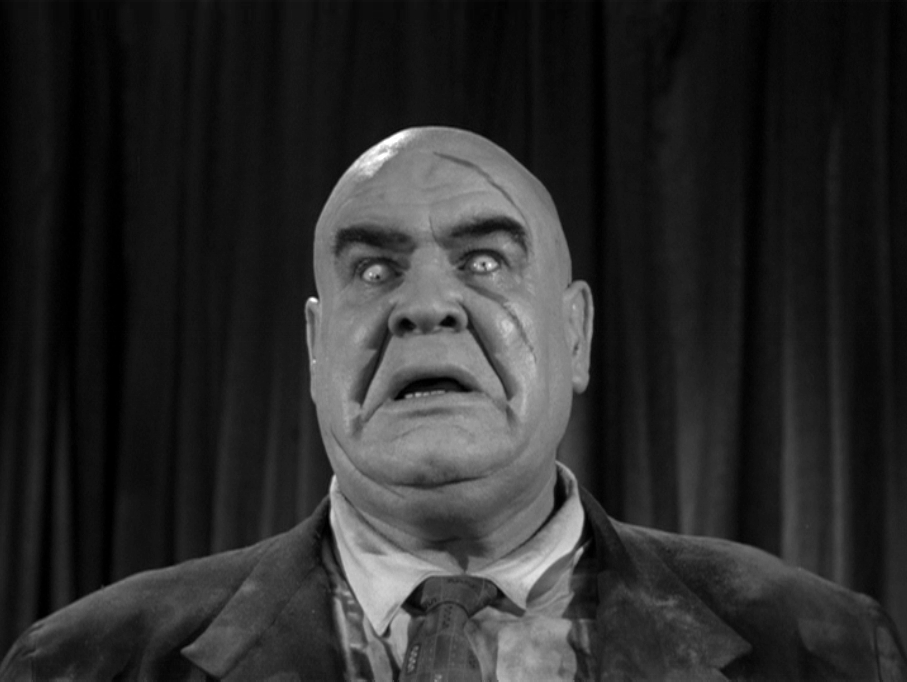
Tor Johnson. Is there anything more sublime than watching hulking giant Tor Johnson stumbling through the fake graveyard with outstretched zombie-like arms in Edward D. Wood’s loony sci-fi epic Plan Nine from Outer Space? Johnson was a pro-wrestler working under the moniker “The Super Swedish Angel,” who popped up sporadically in W. C. Fields, Olsen & Johnson and Abbott & Costello comedies. But his claim to fame is when he hooked up with crackpot, cross-dressing director Edward D. Wood Jr. who used him in several films including as the menacing mute assistant Lobo to mad scientist Bela Lugosi in Bride of the Monster. Johnson reprised Lobo in the inadvertently hilarious The Unearthly where his tall son played one of the mutants imprisoned in the basement of a treatment home. Sure, the mountainous Johnson was not exactly a thespian but every time he lumbered onto the screen he was cheered by adoring fans. Why else would you sit through a deranged movie like The Beast of Yucca Flats where Johnson plays a Soviet scientist hit by a nuclear blast wandering through the desert?
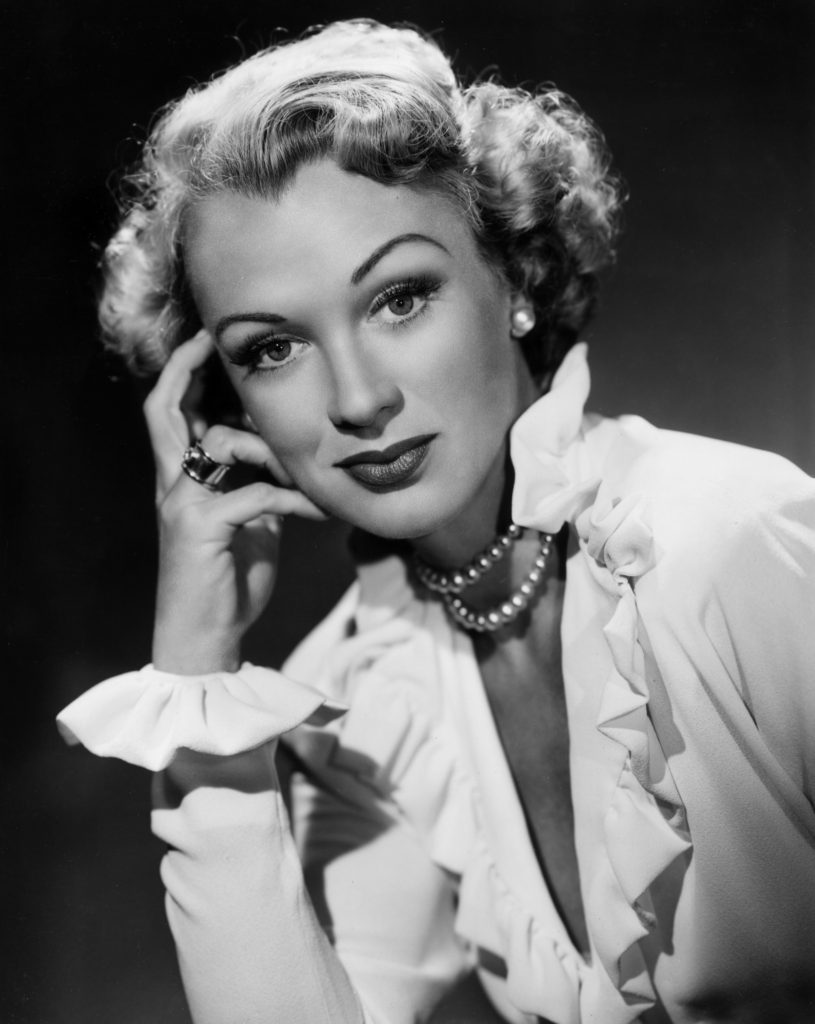
Eve Arden. Think of how many lame Warner Brothers musicals were rescued when the elegant, beautiful Eve Arden glided on screen and opened her mouth to deliver a withering, sarcastic quip. Get me an “Eve Arden type” must have been a losing battle in Hollywood because there was only one Eve Arden, either wisecracking with Joan Crawford in Mildred Pierce or flashing jewelry from a suitor to her showgirl friends in Ziegfeld Girls. Her claim to fame was her TV hit Our Miss Brooks, but watch her acting chops in later films like Anatomy of a Murder to realize just how invaluable she was to the silver screen.
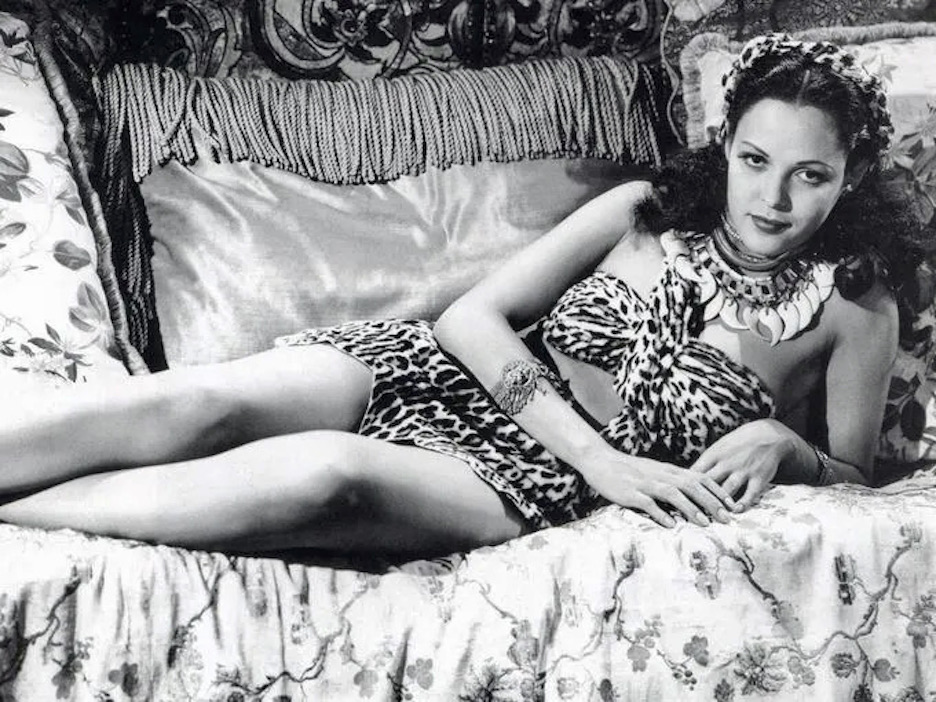
Acquanetta. “The Venezuelan Volcano” as she was touted by Universal Studios when they signed her in 1942. Because of her exotic, dark beauty she was put in a bunch of B-pictures like Arabian Nights and Rhythm of the Islands, but then they decided she would play the lead in what they hoped would be a new horror franchise like the Wolf Man beginning with Captive Wild Woman, about a mad scientist (John Carradine) who steals a circus gorilla and through blood and gland transfusions transforms the ape into a beautiful, mysterious woman he christens Paula Dupree (Acquanetta). The transformation scenes caused charges of racism at the time, but none of it was intentional- it was just a cheap way to do an effect simply with lighting. Jungle Woman followed, where another doctor gets hold of the dead ape’s body, detects a faint heartbeat and brings her back to life, once again transformed into Paula Dupree. “Acquanetta speaks” is how they should have sold this movie because in the first film she had no dialogue. Here she talks, but in such a flat monotone you cringe. The third “Ape Woman” movie The Jungle Captive starred Vickie Lane as Paula the Ape Woman and the series sputtered to an end. Tom Weaver, a great historian for sci-fi and horror films scored an exclusive interview with Acquanetta who claimed her mother was an Arapaho Indian and her father was half English and French. Her name Burnu Acquanetta meant “Burning Fire/Deep Water.” Well, it turns out she was born Mildred Davenport in South Carolina and went to high school in Pennsylvania- her year book shows her as a pretty African American girl. Presumably that’s why Universal dropped her contract when they discovered that she was passing for white, or possibly because of her limited acting ability in such films as Dead Man’s Eyes and Tarzan and the Leopard Woman. After Hollywood, Acquanetta married a prominent car dealer from Arizona, had four sons, and wrote a book of poetry called The Audible Silence. Her obit caused composer Richard Gordon to write an opera about her simply called “Acquanetta.” Can a postage stamp be far behind?
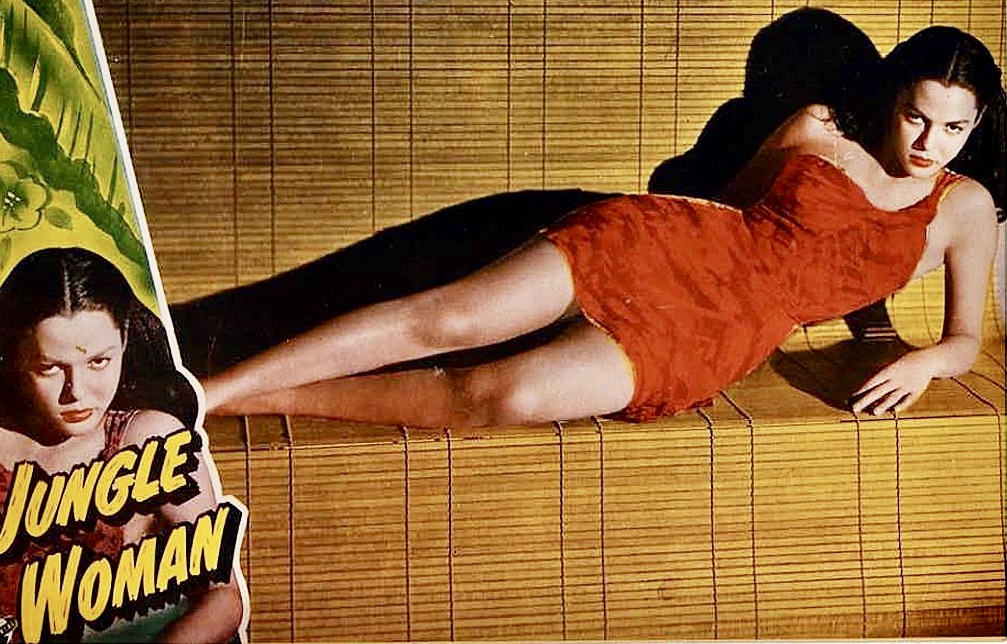


Another gem from Dennis Dermody.
May I also suggest ubiquitous character actor Fred Clark and the weird and wonderful Estelle Winwood. The definitely get a stamp of approval from me. Nyuk! Nyuk!
Where do I sign up to get these stamps? Terrific collection. Thank you!
A Shirley Stoler stamp!!!!!!
And so many other greats!!! i want all of them, now!!!